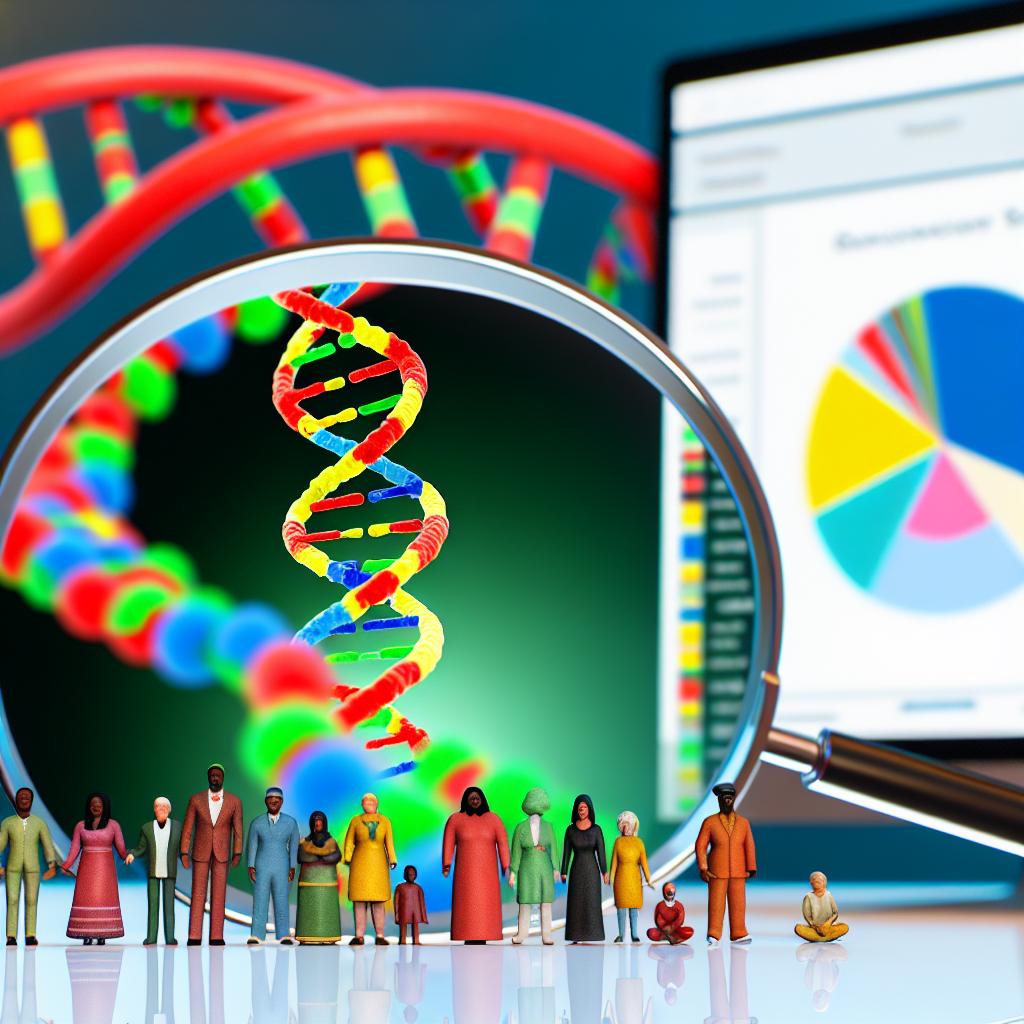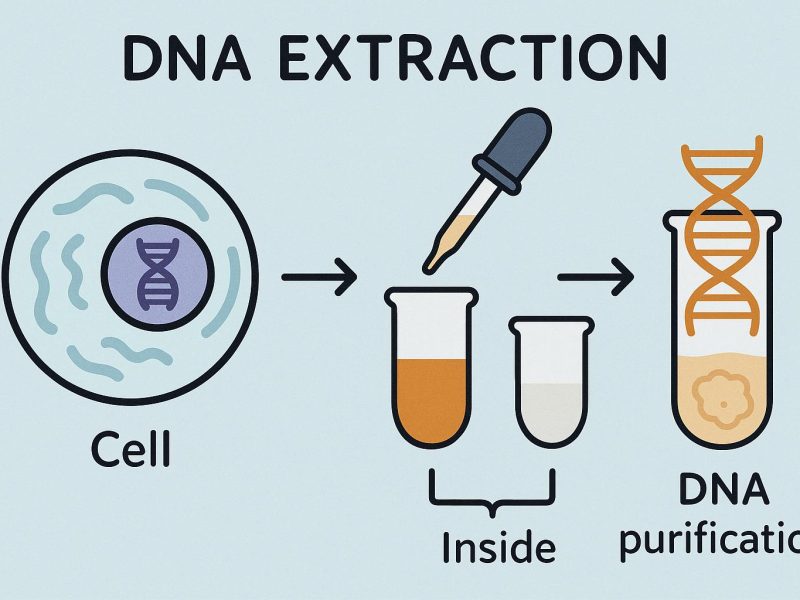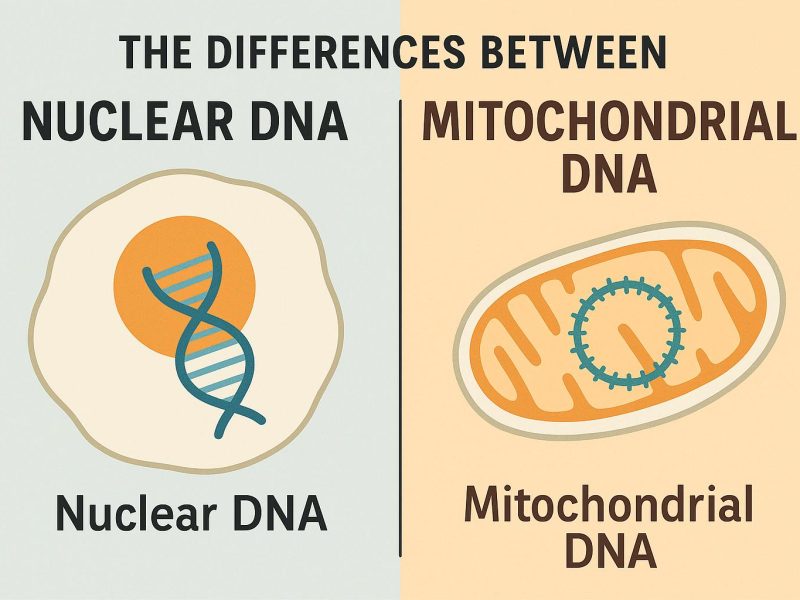Understanding DNA in Ancestry Testing
Ancestry testing has gained significant popularity, providing individuals with insights into their genetic heritage and ancestral roots. The core of these tests is the analysis of DNA, which serves as the biological blueprint of an individual. Understanding how DNA plays a fundamental role in these tests is crucial.
What is DNA?
DNA, or deoxyribonucleic acid, is a molecule that contains the genetic instructions necessary for the development, functioning, and reproduction of all known living organisms and many viruses. It is usually found in the cell nucleus and is arranged into structures known as chromosomes.
DNA Structure
DNA is composed of two long strands that coil around each other to form a double helix. Each strand contains a sequence of four chemical bases: adenine (A), cytosine (C), guanine (G), and thymine (T). The specific order of these bases encodes the biological information, thus serving as the genetic instructions for building and maintaining an organism. The sequence of these bases determines individual genetic characteristics, like eye color, susceptibility to certain diseases, and much more.
How DNA is Used in Ancestry Testing
Ancestry testing utilizes the unique properties of DNA to trace an individual’s lineage and provide insights into their genealogical past. Let’s delve into the process behind these tests:
DNA Collection
Testing typically involves collecting a saliva sample from the individual. This sample is crucial because it contains cells that provide the necessary DNA for testing. The DNA is then extracted from these cells for analysis. The process of extraction involves breaking open the cells to release DNA, which is then purified and prepared for further examination.
Genotyping and Sequencing
The DNA undergoes genotyping, a process that involves determining the genetic variants specific to the individual. These variants, known as single nucleotide polymorphisms (SNPs), are tiny differences that exist between individuals and populations. They play an important role in identifying descendants of common ancestors. Some tests include more comprehensive DNA sequencing, which involves reading the complete DNA sequence at certain loci. This method provides a more detailed analysis than genotyping and can uncover rare genetic variations not captured by genotyping alone.
Comparative Analysis
Once the genetic data is collected, the individual’s DNA is compared with genetic information from different populations worldwide. This comparative analysis is essential, as it helps to identify common genetic markers that link individuals to specific geographical regions or ethnic groups. The databases used in these comparisons are expansive, consisting of genetic patterns associated with various populations, which are crucial for making accurate estimations about ancestral origins. Thus, ancestry tests estimate the geographical regions where an individual’s ancestors likely originated.
Benefits and Limitations of DNA Ancestry Testing
Benefits
DNA ancestry testing provides valuable insights into one’s ethnic background and ancestral origins. It helps people connect with their past in ways that were previously unattainable. Such tests can also reveal connections to distant relatives, thereby contributing to family history research and personal identity. They can uncover unexpected links and affirm long-held family stories, enriching an individual’s understanding of their roots and global heritage.
Limitations
Despite the insights offered, there are notable limitations. DNA ancestry tests can indicate probable regions of origin but cannot determine precise lineage or ethnic identity. Moreover, these tests rely heavily on the reference databases used by testing companies which, while extensive, may not be universally comprehensive. Therefore, the accuracy of the results depends significantly on the size and diversity of these reference databases. Furthermore, these tests can sometimes provide misleading information if not interpreted in the context of the complete ancestral history.
Privacy Concerns
Another consideration is privacy. While these tests can open personal windows into one’s past, they also raise important privacy concerns. The use of genetic data in databases poses potential privacy issues, as seen in discussions surrounding the use of such data in legal and commercial contexts. Some cases have highlighted how genetic information could be accessed by third parties for reasons beyond the control of the individual, such as solving criminal cases or marketing. Therefore, prospective users are advised to review the privacy policies and data-sharing practices of testing companies thoroughly.
Conclusion
The role of DNA in ancestry testing is profound, unlocking doors to understanding personal heritage. It serves as a bridge connecting the past with the present, providing individuals with a richer understanding of their origins. While offering new perspectives and connections, it is crucial to approach these tests with an understanding of both their capabilities and their inherent limitations. For those interested in exploring what DNA testing can reveal about their ancestry, it is advisable to consult authoritative genetics research platforms or accredited testing providers for detailed insights. This will ensure both a better understanding of the genetic paths that connect us and a mindful approach to privacy and data handling.



